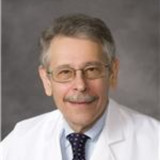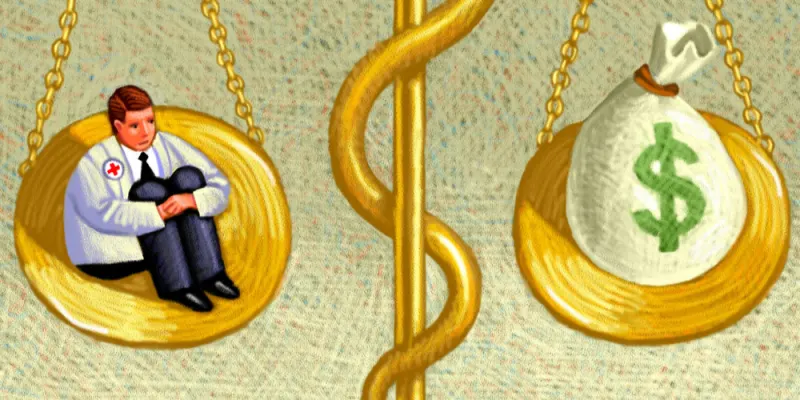Live meetings are back! In-person meetings have been in recovery mode over the last 18 months. Last year, the ACC 2022 meeting was remarkable in the tangible joy so many showed in seeing old friends and colleagues after the COVID-19 hiatus. This year, there were still reacquaintances occurring, but there were fewer of them. I felt that there was a much more natural and working collaboration among colleagues, and the meeting felt larger in attendance, presentations, and exhibits. Preliminary estimates suggested increased attendance compared to 2022, reaching levels similar to pre-COVID-19, or at least it felt that way. The venue was supportive. New Orleans, as a venue, always seems to add to the energy and openness of the meeting, spurring free discussion and debate, and this year was no exception. There was a feeling that we were back with science and the enthusiasm to address the ever-evolving solutions to old problems while addressing new challenges to optimal care management. The joint meeting with the World Heart Federation’s World Congress of Cardiology (WCC) added a critical dimension to the conference, emphasizing the variation in outcomes worldwide and the opportunities that exist to effectively improve cardiovascular care and results across the world, which often struggles with effecting equivalent success around the world. Lastly, for those who could not attend in person, there were online opportunities for participation. The latter is vital to limit the barriers to learning based on time and cost of travel, enabling better dissemination of knowledge and discussion to all.
It was also reassuring that the meeting continued to reflect greater diversity in presentations and panels. The continued emphasis on an assortment of persons in conjunction with the frequently recognized experts made expert panels a representative opportunity for interchange and discussion. In the same vein, the focus on diversity issues in care and the effect on outcomes persisted, reflecting a continuing commitment to delivering optimal care to all: another meeting success.
In the exhibit area, there were new faces, companies that had not been present in the past, reflecting new diagnostic and therapeutic opportunities that have developed during the pandemic. With clinician and practitioner input to guide these new endeavors, there are increased opportunities to generate meaningful new technology. It was exciting and hopeful to see!
The ACC also conducted its recognition of young and senior scientists and leaders, with Dr. Ed Fry completing a successful year as president, to be followed by Dr. Hadley Wilson, who will be the next president. His outline for the year is ambitious and encouraging. He plans a campaign to engage the members to improve patient care through the support of clinicians and non-clinician professional teams. Likewise, the ACC seems poised to work with associated societies related to the cardiological subspecialties, from imaging to interventional, electrophysiology, and others, to provide a focused approach to combined issues. This collaborative approach is crucial to optimally reach the many patients who can benefit from cardiovascular care. Many challenges remain with the “graying” of the workforce and the current stresses on cardiologists with burnout and tending to an emphasis on work-life balance.
But, as always, science is why so many people attend, and many trials received lots of attention. Examples included the CLEAR Outcomes trial, which provided evidence that bempedoic acid could potentially provide statin-intolerant patients an opportunity to have effective cholesterol-lowering while improving long-term cardiovascular outcomes.
Interventional trials were encouraging, with BIOVASC demonstrating that complete revascularization at the time of STEMI or NSTEMI was as effective as staging. And RENOVATE-COMPLEX-PCI challenged interventionalists regarding the benefits of intravascular imaging compared to angiography alone for achieving improved outcomes for complex PCI. The role of intravascular imaging in optimal PCI outcomes is hard to deny.
Lastly, there were several fascinating trials with tech. Some phone nudges and wearables improve or diagnose myocardial injury and risk of heart failure. These devices are very encouraging for the use of technology to support care. Overall, ACC 2023 was an exciting meeting!
Dr. Vetrovec has no conflicts of interest to report.
Image by invincible_bulldog / Getty







